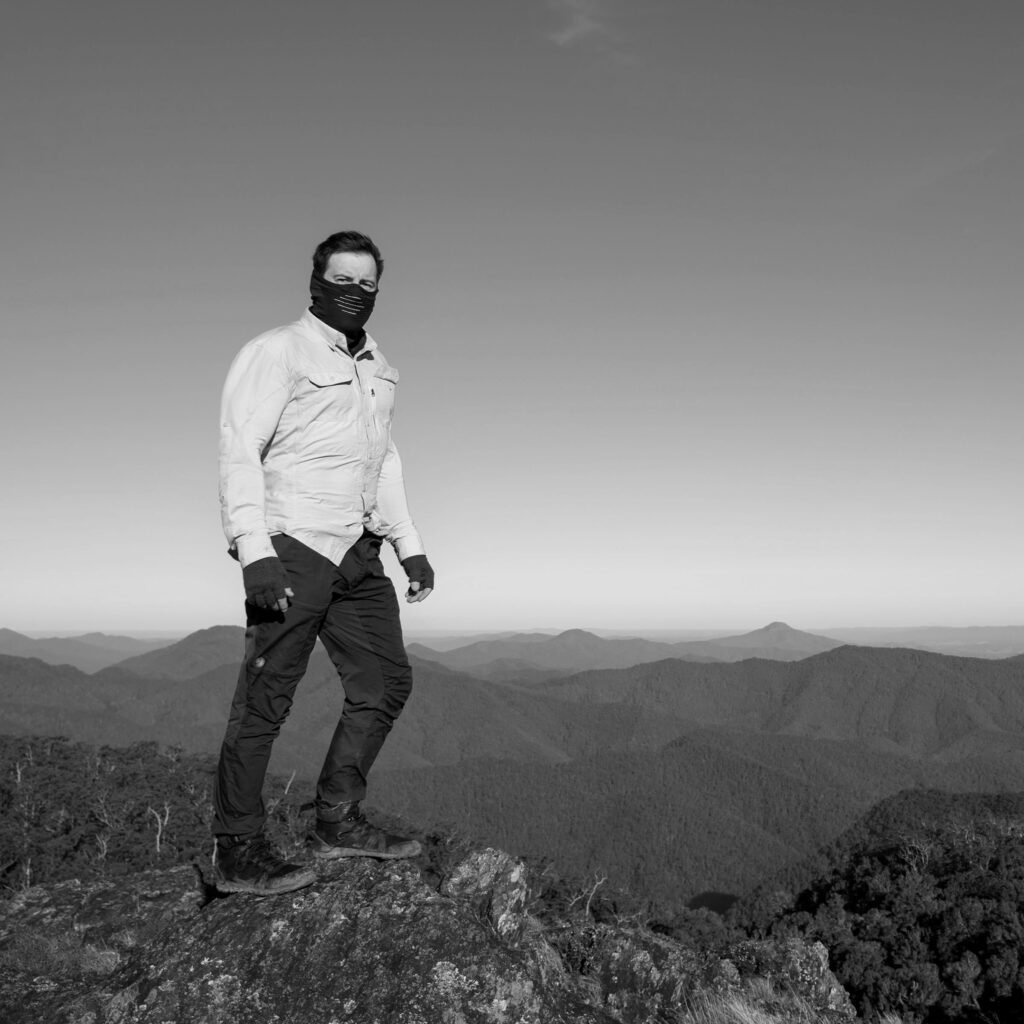Our thoughts are considered to be one of the true freedoms we have as humans.
We can create entire worlds, alternate realities, interactions, futures, and limitless possibility simply by thinking it.
And this IS creation — pure creativity — not in the palm of your hand, but in your very thoughts.
Just think about that. It’s almost impossible to comprehend.
As a photographer I’ve struggled with a lack of creativity many times, but over the years I’ve learned that this is a skill that — like any other — simply requires exercise.
But how do you practice being creative?
The basic five step process is:
- Go for a walk or engage in a single autonomous activity.
- Continue for 15-60 minutes without distractions.
- Focus on a specific goal or project during the activity.
- Keep a written journal of your thoughts and ideas immediately after.
- Continually practice the process weekly or daily to increase creativity.
But let’s break it down in more detail, because there are a few tricks to this.
Table of Contents
An Introduction
When was the last time you’ve sat down to just think new ideas? Have you ever done that in your life? What a weird ass activity — let’s sit and think thoughts guys.
And for some people this might work, but if you’re anything like me life is full of distractions and commitments, time to just sit and think is rare.
But what has (and continues) to work for me is employing a technique to trick my mind into deeper thought.
The technique is probably something you’re already familiar with.
Have you ever heard the ago old advice to “sleep on” a difficult decision?
And by some miracle of the brain you wake the next morning with the perfect answer.
Or you’re in the shower and you come up with an incredible new invention or idea, seemingly out of nowhere.
What if we can do this exact same thing on que?
We can force our body into a subconscious routine that allows the conscious mind to be free for creative thought.
It’s the same process that is amplified through religion and stories from the great pilgrimages where someone goes on a journey in search for an expanded understanding of themselves, nature or god.
Except it’s possible to do every week or every day, from right where you are.
Here’s how it works.
The Theory
It helps to understand the parts of the brain and thoughts we’re dealing with.
Learning to be aware of your state of mind is valuable in general, but will also make it much easier to practice this technique and know when you’re on the right track.
Around 10% of our brain function is conscious thought.
Conscious thought is responsible for things like awareness, thinking, logical reasoning, focus, and problem solving.
Our subconscious on the other hand uses a huge chunk of 50-60% of our brain function.
The subconscious is the storehouse for our memories, emotions, experiences and learned behaviours.
The remainder of our brain function is the unconscious mind.
So we have very little bandwidth to spare if we want to focus on conscious, creative, deep thought.
The age old advice of “sleeping on” big decisions works because our conscious mind can direct our subconscious, and our subconscious can control our dreams.
So when you think about a problem before sleeping, your subconscious mind continues to explore this idea during your sleep.
But this doesn’t help if you need to be awake during the day like the rest of us.
So here’s the technique I use to start thinking creatively (and while conscious).
Step 1 - Subconscious Activity
Pick an activity. Just one. And remove all other distractions.
This activity will act as the vehicle to move your mind and body into a state of subconscious pre-occupation. If you keep your body busy, your mind can be free.
The secret is that your activity of choice must be something autonomous, something you’ve done so many times it requires no thought and you can do it from memory.
I’ve found the best activity is walking or hiking. Walking is an entirely subconscious activity that we as humans have literally evolved to do, we’ve been training it since childhood, and every day since.
There’s a reason long distance hikers, pilgrims and ultra runners talk of epiphanies, hiking highs and mental zones.
However, the same results can be achieved though other activities that you can do well enough that it requires little or no conscious thought.
Some examples that might work are exercising, listening to your favourite music, mowing the lawns, going for a drive, breathwork, meditation or a quiet hobby you enjoy.
When I decided on an activity, I also had to to remove all other distractions. This means if you’re walking or running, you can’t also be listening to music.
Your activity also needs to autonomous, it can’t require focused thought such as when you read a book, listen to a podcast or watch a movie.
So put away your phone, turn off social media and don’t bring a friend, you need to focus.
I’ve found that with practice you will eventually be able to combine more than one activity or trigger the same creative response even when concentrating on another task.
But in the beginning it will be much easier to start with only one.
Step 2 - Timing
Set aside time.
Your activity of choice may dictate how much time you have, but if you can allocate 30-60 minutes as a starting point I’ve found this has the best results for me.
With more practice and by doing it regularly you’ll be able to get results in as little is 15 minutes. But an hour session makes a big difference when learning to set this state of mind.
It’s like going on a long hike, the first 30 minutes feels like hell until your body finds its rhythm and then you can go all day.
The conscious mind is exactly the same, it will take 15-30 minutes just to work through your regular thoughts and feelings before your creative thinking time starts kicking in.
This is not an instant process, it takes work and requires time to figure out and practice.
Step 3 - Focus
Work towards a goal.
It helps to have a reason for thought, at least when you start.
Is there a burning problem, or big decision?
Have you hit a creative block?
Maybe you need a new project to work on?
Having a reason to anchor you makes it much easier to focus your attention and energy on a single issue during your creative practice.
Without one, you may be left being reactive to thoughts instead of proactive.
Step 4 - Write It Down
Keep a record of your thoughts.
This doesn’t have to happen during your activity, for example you can’t be writing stuff down if you’re running.
But it helped me immensely to keep a record of ideas and thoughts either during or right after your session.
If you don’t do this, you will lose your ideas to time as soon as you slip back into your regular routine.
Write them down in a notebook or journal, record a voice memo or a video.
These thoughts are uniquely yours, no one else has ever had them. You need to take your thoughts out of your mind and into reality in some way.
I use an app called Notion on my phone to record and work through ideas, I’ve also got a small notepad at my desk.
Find out what works for you and use this as an idea database moving forward.
Step 5 - Routine
Make it recurring.
The first few times are going to feel less than productive.
But what we are doing is teaching the subconscious mind to take over our regular activity, which in turn frees and opens the limited capacity of the conscious mind for creative thought.
By allocating this time at least once per week, I’ve found it made a huge difference to how quickly and easily I can slip back into this creative state.
It’s exactly like a muscle, we need to train the movement we’re trying to improve until it gets stronger and easier.
Once you start to notice the benefits, you may want to create a daily practice out of this routine for 15-30 minutes to start or end your day.
You’ll never hit a creative block again.
Now it’s your turn to try, give it a go and see how it works for you.
If you’ve got any other tips or techniques for creative thought please leave a comment or message me to let me know.


